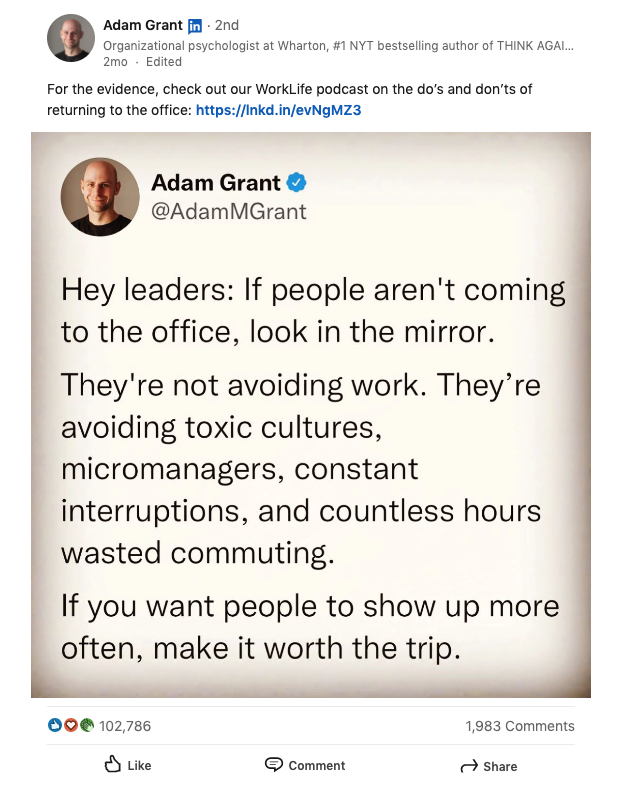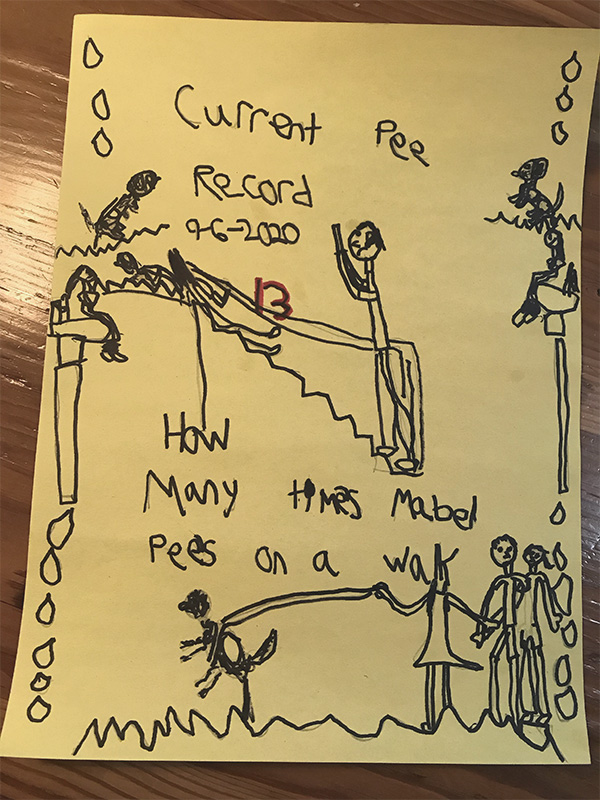Interview: US Army Reduces Meetings by 70% While Improving Overall Information Flow
John Antill works as a U.S. Army Expeditionary Civilian Workforce Knowledge Manager. In his pursuit of a Master’s Degree at Kent State University, he decided to map the flow of information while working as the Knowledge Manager for Army Joint Force Headquarters Cyber using the military’s Operational Management Rhythm approach. He focused specifically on the meetings, or meeting flow models, asking:
- Which meetings are we running now? What’s their purpose?
- How are these meetings intended to fit into the larger information flow?
- Is the necessary information reaching the right people at the right time?
- Where are the gaps? Where are the redundancies?
- How might we re-work our meetings to better achieve our objectives?
When he was done, the Army worked to implement his suggestions. Early results include:
- 105 staff hours per week saved by redesigning one meeting
A 30-person weekly meeting that had run four hours each week was reduced to 30 minutes. - 70% fewer meetings
178 regularly scheduled meetings involving multiple groups reduced to 55 - Radically increased workforce adaptability
The inter-department meeting schedule for a 4-Star Command, including meetings that coordinate the work of nearly 1.5 million people, was successfully shifted to adapt to the Covid-19 lockdown in a matter of weeks.
Learn more about Mr. Antill’s approach and results in this video interview.
Interested in getting these results for your organization? Check out:
John’s Recommendations
If you do these 5 things, then your meetings will prioritize easier and be more meaningful.
- Map the flow of information.
Understanding how information flows shows you where to send and receive reports or documents, and will benefit you in identifying the critical information needed.
Related article: Communicating in Real-Time, Near Time, and Far Time - Identify the information needed to drive decisions.
Does the information you read daily go into a report? What do decision-makers need to know to make well-informed decisions?
Related article: The Leader’s Guide for Making Decisions in Meetings - Identify the types of meetings you need to run.
Identifying the type of meetings needed is vital because of the number of resources that are consumed. Choosing the wrong meeting type will vastly impact the desired outcome of the meeting.
Related resource: The 16 Types of Meetings - Identify the critical meetings.
These are meetings that are necessary for the successful growth and development of the company. These meetings will define the critical path that the company must ensure runs smoothly. Once identified, you can focus on making these meetings more efficient and more effective.
Related article: How to Identify and Eliminate Meetings That Waste Your Team’s Time - Use a template for all meetings.
Using a template for each session ensures that the quality of information going out will fulfill the need of the attendee. If everyone understands the meeting, it will go smoother than if they don’t.
Related resources: 40+ Meeting Templates
Want to create your own templates using the 7-minute drill format used by the OMR? Download Mr. Antill’s one-slide PPT template.

Additional Resources
Learn more about Mr. Antill’s work in this series of articles on Real KM.
Organization Management Rhythm: Foreword and Overview
Here at Lucid Meetings, this is the kind of work we do every day. If you want support completing a project like the one described here, contact us.
We’d love to work with you.



